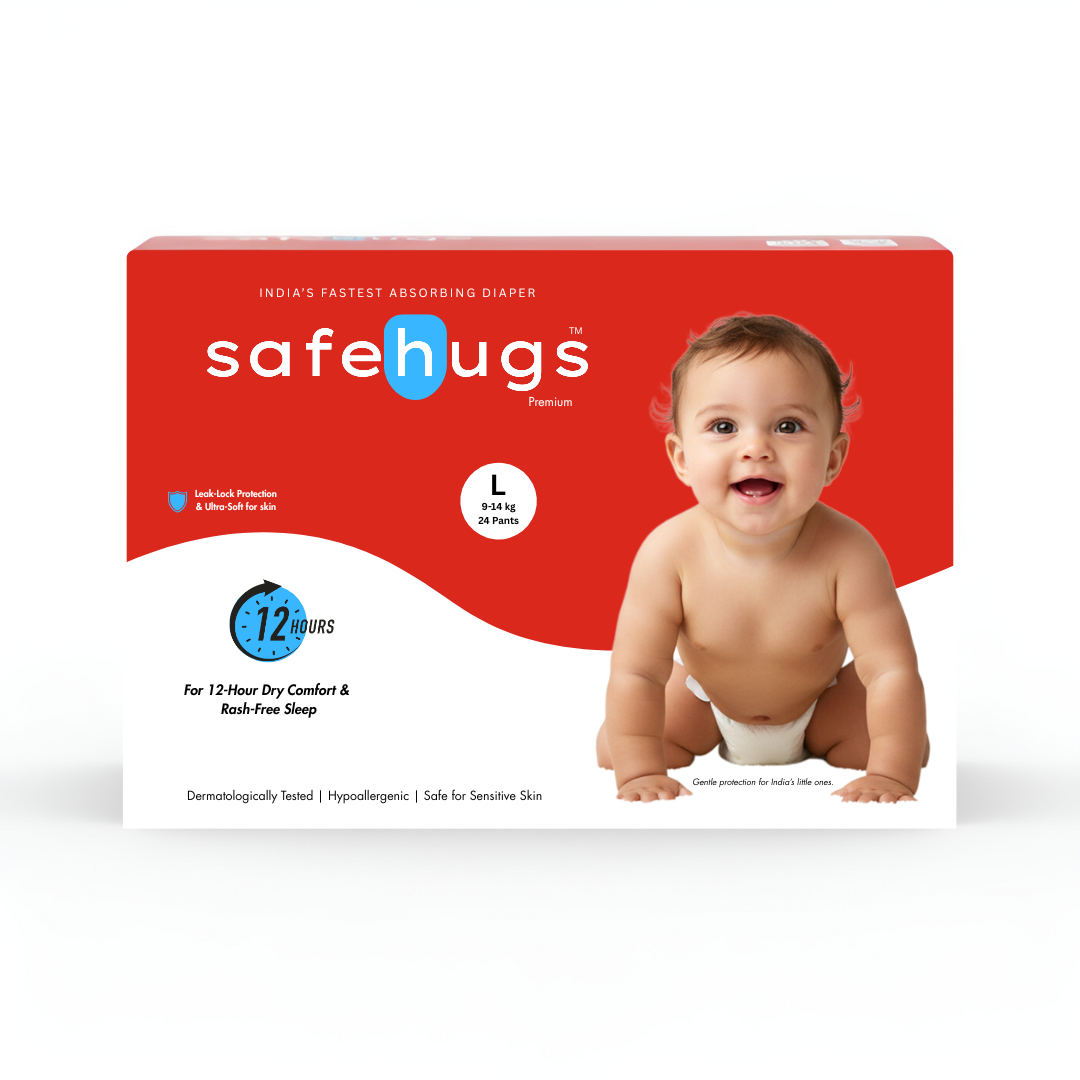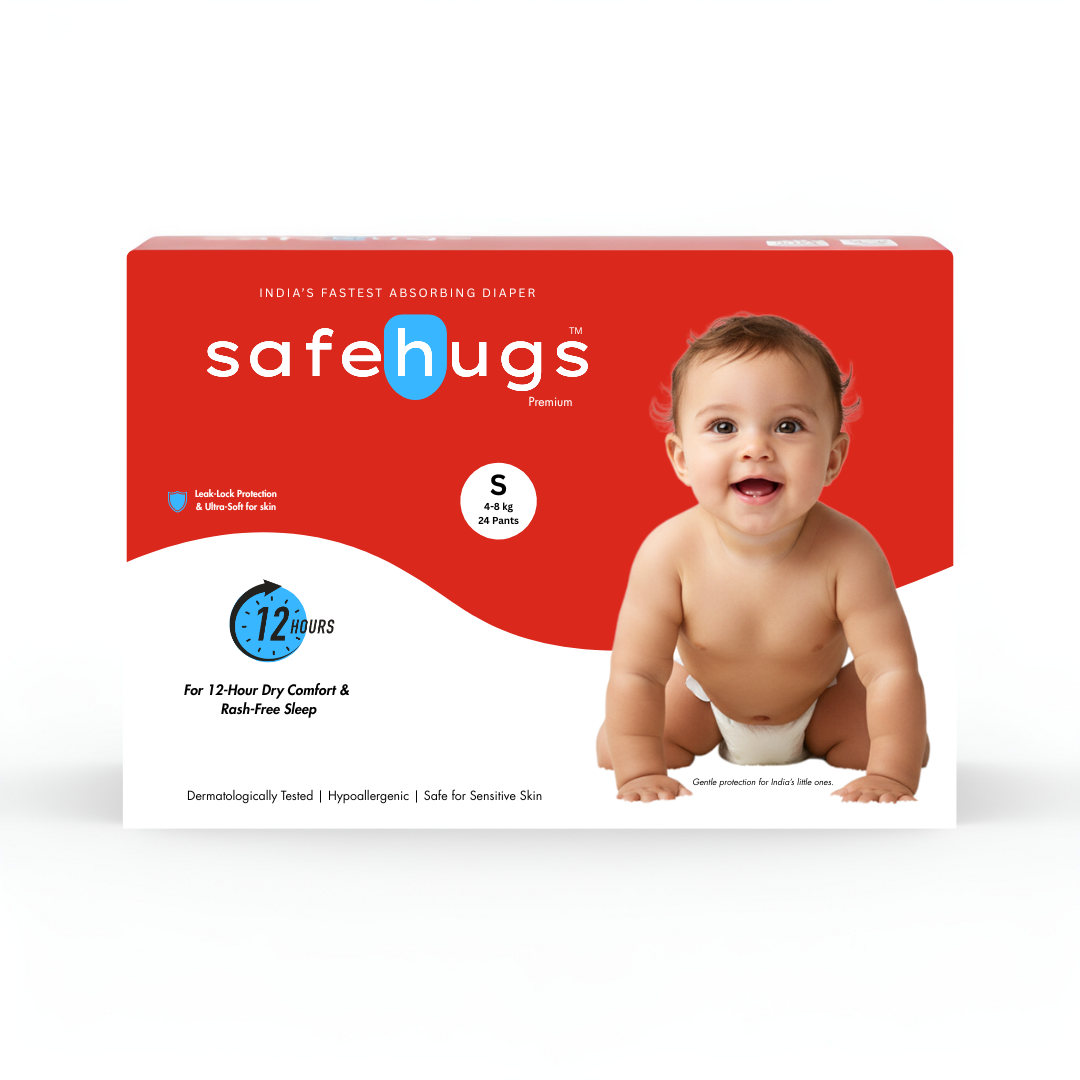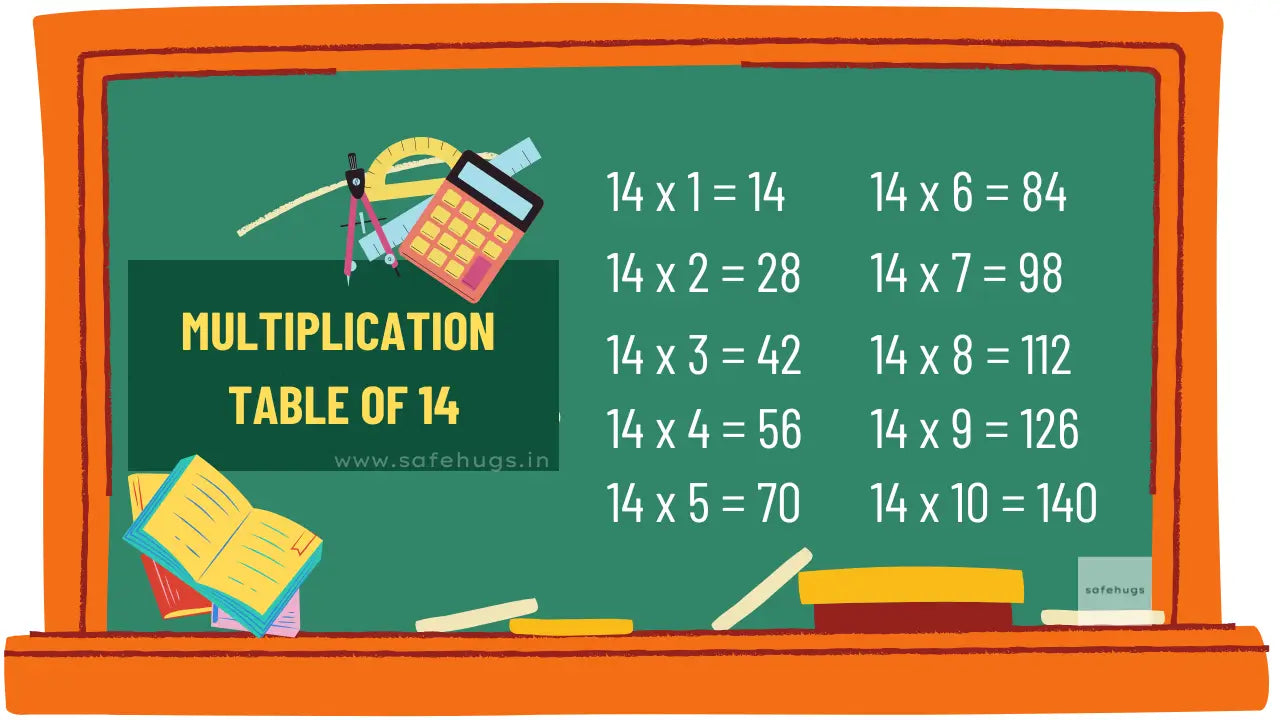15 Table: Multiplication Table For Kids (Print PDF)
- Multiplication tables are fundamental tools in math that help simplify calculations by displaying the results of multiplying one number by another. In this article, we'll explore the 15 table and share some tips and tricks to make learning fun and engaging.


Tips & Tricks for Learning the 15 Table
- Patterns in the 15 Table - Point out that every answer in the 15 table ends in either 5 or 0: 15, 30, 45, 60, 75, 90, etc. This pattern helps them guess if their answer might be correct.
- Double and Add Half Method - When multiplying by 15, you can double the other number and add half. Example: For 15 × 4, double 4 to get 8 and add half of 4, which is 2. So, 8 + 2 = 10 and then multiply by 10 (place a zero at the end) to get 60.
-
Learning the 15 times table becomes simpler if you're already familiar with the table of 14. You can derive the multiples of 15 by adding natural numbers from 1 to 10 to the corresponding multiples of 14. Here's how:
14 × 1 = 14, and adding 1 gives 15
14 × 2 = 28, and adding 2 gives 30
14 × 3 = 42, and adding 3 gives 45
14 × 4 = 56, and adding 4 gives 60

-
Using the 5 Times Table and Doubling
Since 15 is three times 5, another approach is to multiply the number by 5 and then triple that result. Example for 15 x 7
Multiply by 5: 7 x 5 = 35
Triple that result: 35 x 3 = 105
-
Recognize the Pattern of 5s and 0s:
The 15 times table alternates between ending in 5 and 0: (15, 30, 45, 60, 75, etc.). Kids can use this pattern as a helpful check to make sure they’re getting the correct products. -
Teach kids to add 15 repeatedly. Start with 15, then add 15 to get 30, then add 15 again to get 45, and so on. It helps reinforce addition skills and internalizes the sequence.

-
Break Down 15 as (10 + 5): Split 15 into 10 and 5, then multiply each separately and add the results: For example, 15 x 3: (10 x 3) + (5 x 3) = 30 + 15 = 45.

- Work Backwards: Use division to help learn multiplication. For example, if kids know that 60 ÷ 15 = 4, then they can also remember 15×4=60. i.e.,15 times 4 = 60
-
15 Table Song

Fun Activities to Memorize 15 Table




Quiz Time: Test Your Knowledge





Why is Learning 15 Table Important?
- Strengthens Basic Math Skills: Understanding and memorizing multiplication tables, like the 15 table, builds a strong foundation for higher-level math concepts that kids will encounter as they progress through school.
- Boosts Confidence: Mastering multiplication tables gives kids confidence in their math abilities, making them feel more comfortable when solving problems both in and out of the classroom.
- Prepares for Future Learning: The ability to recall multiplication facts quickly is essential for understanding advanced math topics like fractions, algebra, and geometry.
- Practical Life Skills: From calculating quantities in recipes to understanding measurements, learning multiplication tables prepares kids for practical applications they will encounter as they grow.
Additional Resources
To further support learning, here are some additional resources:


- Websites: Websites like "Times Tables" and "Math Mammoth" provide multiplication games, quizzes, and printable worksheets.
- Printable Worksheets: Websites like "K5 Learning" have free downloadable worksheets for practicing the 15 Table.
- Songs and Videos:
Links to other tables
We've organized the multiplication tables from 2 to 20 with tips and tricks to make learning fun. You can also refer to these for extra practice.
FAQ'S
1. Why is learning the 15 table important?
Learning the 15 table is essential for enhancing mental math skills and making calculations faster and easier. It lays the groundwork for more advanced math topics like division, fractions, and algebra. Additionally, it is useful in real-life situations, such as budgeting and measuring quantities.
2. What are some tips to memorize the 15 table?
To effectively memorize the 15 table, consider breaking it down into smaller sections and recognizing patterns (like adding 15 repeatedly). Using flashcards and engaging in fun quizzes or games can also make the learning process enjoyable. Writing the table multiple times and using visual aids can help reinforce memory.
3. How can the 15 table be used in real life?
The 15 table can be applied in various everyday situations, such as calculating costs for items priced in multiples of 15, organizing items into groups of fifteen, or solving math problems involving time or measurements. For example, knowing the 15 table can help you quickly determine the total cost of multiple items that each cost 15.
4. At what age should kids start learning the 15 table?
Kids can start learning the 15 table around ages 8 to 10, after they have a good understanding of smaller multiplication tables. This prepares them for more complex mathematical concepts as they continue their education.
5. Are there any tricks for quickly finding the multiples of 15?
Yes! A helpful trick is to add 15 repeatedly to find the next multiple. For instance, start with 15, then add 15 to get 30, then 45, 60, and so on (15, 30, 45, 60, etc.). Another approach is to recognize that 15 is 10 + 5, which can simplify mental calculations.
































